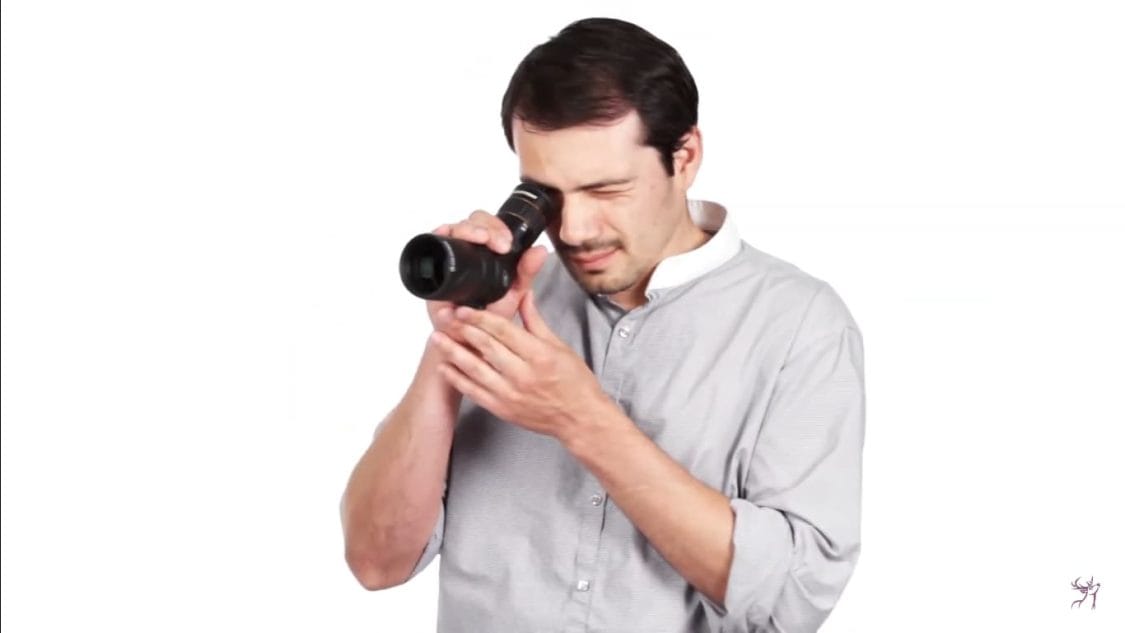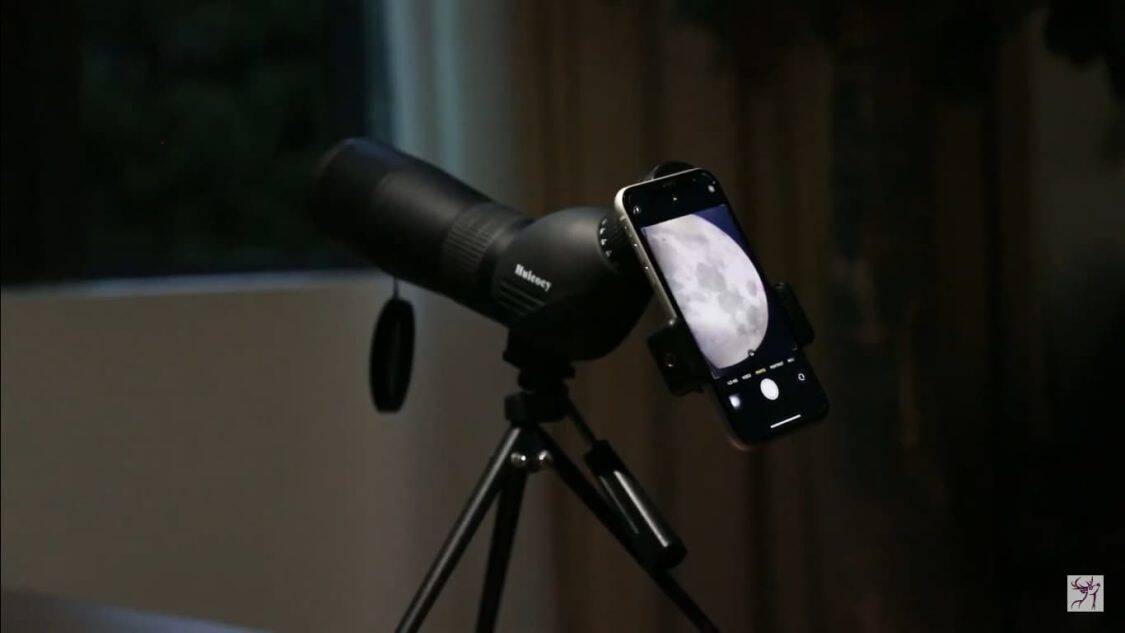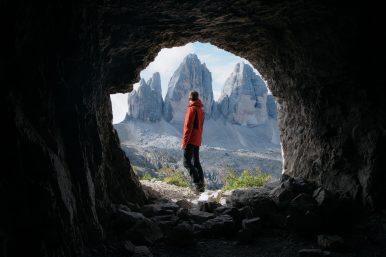What Is a Good Spotting Scope for 1000 Yards?
Choosing the right spotting scope for observing distant targets at 1000 yards is critical for anyone involved in birdwatching, hunting, or long-range photography. The clarity and precision of your spotting scope can make a substantial difference in these activities.
This guide delves into the essential features and considerations to help you find a spotting scope that meets your specific needs, providing a richer narrative rather than a simple list.
Understanding Optical Excellence in Spotting Scopes
The optical quality of a spotting scope is pivotal, especially when targeting objects at long distances like 1000 yards. Opt for scopes equipped with extra-low dispersion (ED) or high-density (HD) glass to minimize chromatic aberration. This results in clearer and sharper images, essential for spotting fine details.
Fully multi-coated lenses are equally important as they enhance light transmission and reduce glare, improving the clarity and contrast of the image. These optical features are crucial for maintaining image quality in various lighting conditions, often encountered during outdoor activities.
Key Features of High-Performance Spotting Scopes

When selecting a spotting scope for long-distance observation, several key factors should be considered to ensure you get the most out of your equipment:
- Optical Quality: This is the most crucial factor. The scope should have high-quality glass to minimize chromatic aberration and maximize clarity. Extra-low dispersion (ED) or high-density (HD) glass enhances image sharpness and color fidelity;
- Lens Coatings: Opt for a scope with fully multi-coated lenses. These coatings improve light transmission and reduce glare, which is essential for clear visibility in various light conditions;
- Magnification Power: A magnification range of 20-60x is suitable for 1000 yards. It allows detailed observations without sacrificing too much field of view, essential for tracking moving targets or scanning large areas;
- Objective Lens Size: Larger lenses, around 80mm, are preferred because they capture more light, which enhances the scope’s performance in low-light conditions, such as at dawn or dusk;
- Durability and Build Quality: The scope should be robust enough to handle the outdoors. Waterproof and fog-proof capabilities are essential for all-weather reliability. Construction materials like magnesium or aluminum provide durability while keeping the scope light enough for portability;
- Eye Relief: Adequate eye relief is essential, especially for users who wear glasses. Look for a scope that offers comfortable viewing without the need to press your eye close to the eyepiece;
- Focusing Mechanism: A smooth and precise focusing mechanism is vital for quickly adjusting your view to maintain sharpness on your subject;
- Portability and Ease of Use: Consider the scope’s weight and size, especially if you plan to carry it over long distances. Also, check whether it is easy to set up and adjust, as these are crucial factors in the field;
- Tripod Compatibility: Since stability is crucial for clear viewing at high magnifications, ensure the scope can be mounted on a tripod. This is particularly important when observing at or near the scope’s maximum magnification limit;
- Body Style: Choose between an angled or straight body based on your preference. Angled scopes are better for longer periods of stationary observation and can be more comfortable to use, especially with groups. Straight scopes are ideal for quick setup and mobility.
For those looking to explore a variety of models that meet these specifications, consider checking out this comprehensive list of spotting scope for 1000 yards, which provides additional options tailored to different needs and preferences.
Enhancing Usability with User-Friendly Design
Spotting scopes must be user-friendly, especially for extended observational sessions. Adjustable eye relief is essential, particularly for eyeglass wearers, to ensure comfortable viewing over long periods.
The focusing mechanism should be smooth and precise, allowing for quick and fine adjustments to keep your target in sharp view. These design features significantly affect the overall user experience, making it easier and more enjoyable to use the scope.
Advanced Considerations for Spotting Scope Users
Consider the portability of the scope if you plan to use it in various locations. A lightweight and compact scope is preferable for those who travel frequently or embark on long hikes.
Most high-quality spotting scopes are designed to be mounted on a tripod, which is essential for stabilizing the view at high magnifications. Features like an integrated sunshade can be invaluable on sunny days to reduce glare, enhancing the visibility of your target.
Choosing Between Angled and Straight Bodies

The body style of the spotting scope can significantly affect your viewing experience. Angled scopes are generally more comfortable for stationary observation from a higher elevation or for sharing the view with others, as they allow for a more relaxed viewing angle.
Straight scopes, on the other hand, are often preferred for their ease of packing and quicker setup, which can be beneficial in dynamic observation settings where time and ease of movement are critical.
Conclusion
Selecting the best spotting scope for 1000 yards is an investment in enhancing your outdoor observation capabilities. The ideal scope combines excellent optical features with a sturdy and user-friendly design, tailored to your personal preferences and the specific conditions you anticipate encountering.
By carefully considering these aspects, you’re more likely to choose a spotting scope that not only meets your needs but also provides significant long-term value.




